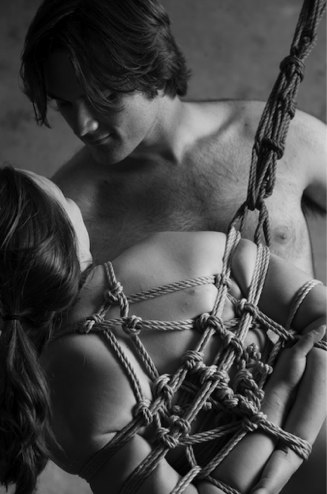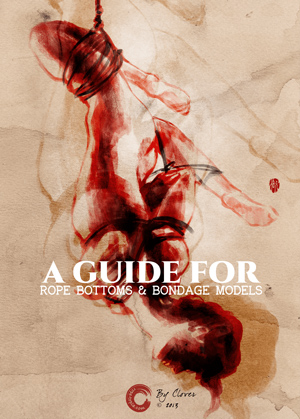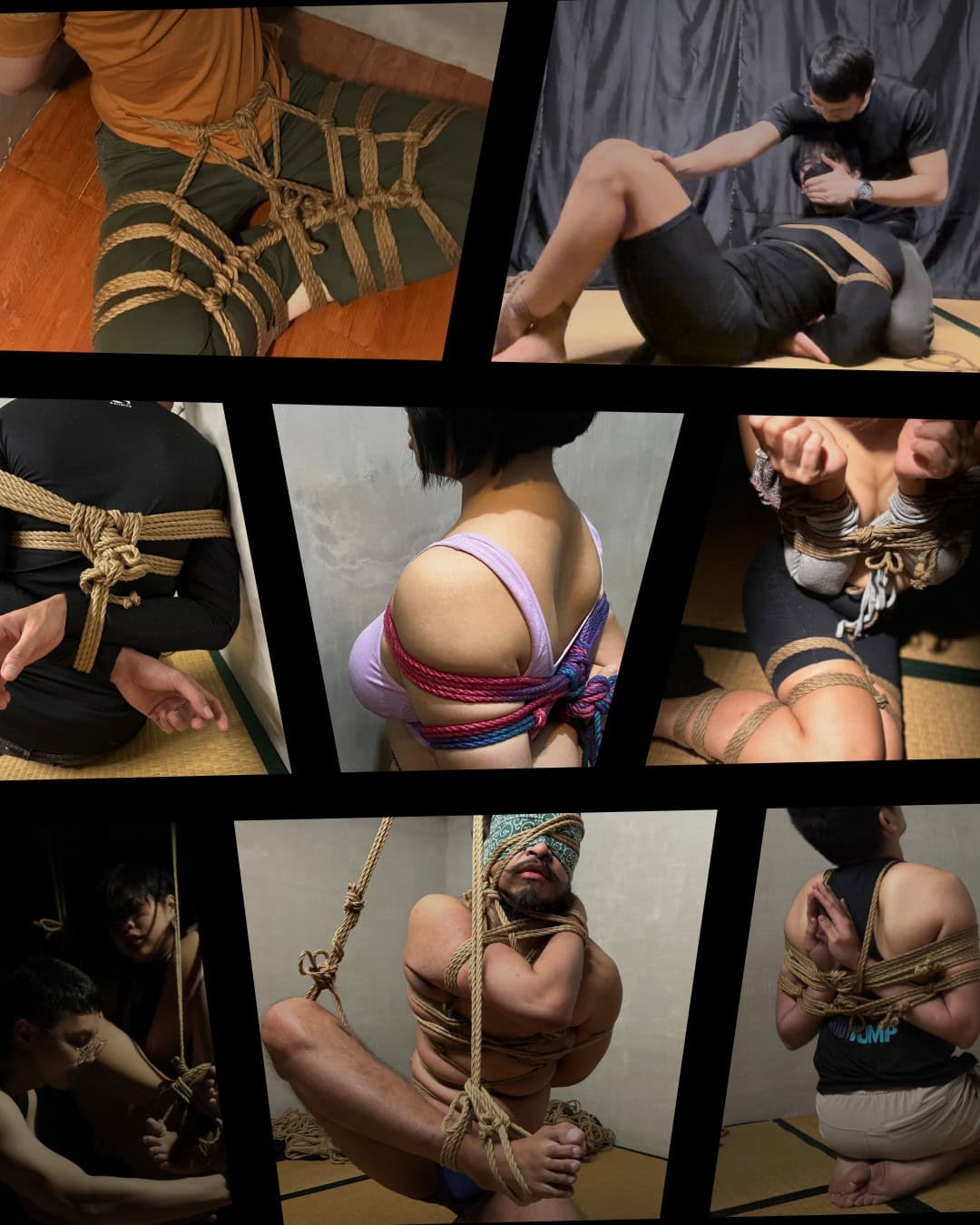One of the worst assumptions/misconceptions I’ve heard from both newbie and intermediate practitioners alike is that rope bottoms don’t have to do anything when they’re being bound since they argue that “the top’s going to do all the work anyway”.
Both tops and bottoms are responsible for keeping the session as safe as possible. So when we engage in bondage without understanding the risks (let alone how to mitigate them), we should at least know that we’re creating opportunities for accidents that can seriously and negatively affect our daily lives.
Do flip through the links below to find out what can be expected of or performed by both roles, so that you can enjoy safer and more satisfying sessions!
References & Recommendations
- Free
- Infographic
Here’s a handy list of advice for Rope Tops and Rope Bottoms by Topologist.
- Free
- E-Book
LqqkOut is a Minneapolis-based sexuality educator and rigger who wrote this handout for folks looking to get started with Japanese rope bondage.
- Paid
- E-Book, Physical Book
EvieVane’s book brings insights from various rope bondage experts (some of whom are also medical professionals) on topics like pain processing, anatomy, and rope relationships—plus a stretching warmup specifically for rope bondage!
- Free
- Article
Avoid preventable accidents with this list of common mistakes on RemedialRope.com
- Free
- E-Book
Highly Recommended: Don’t let the name fool you: Clover’s guide is one of the best introductory readings for both tops and bottoms as it covers important topics like how to screen for responsible riggers, prevent nerve injuries, understand the different risks per tie, and more!
- Free
- Article
This writing by MaiitsohYazhi tackles their definition of an “experienced rope bottom”—an important topic, considering how most assume that those who get tied do little during rope bondage.
- Free
- Article
While each person’s definition will be different, MaiitsohYazhi’s writing serves as a very good reference or starting point for people who are new to rope.








